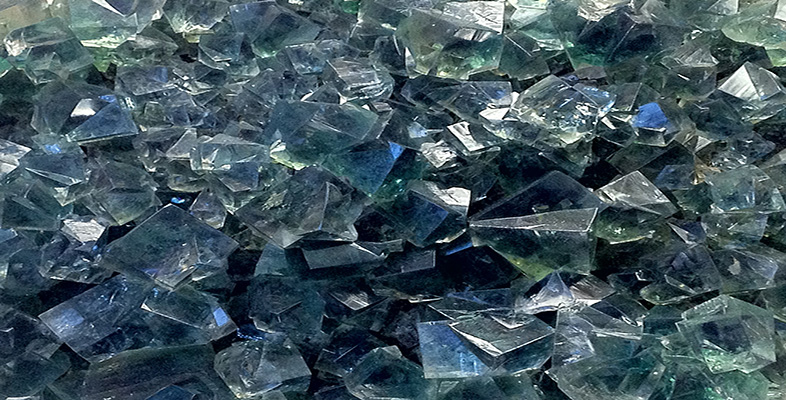3.5.2 Clay minerals
Clay minerals are stable at low temperatures and tend to form from the chemical breakdown of medium- to high-temperature aluminium-rich silicate minerals in the presence of water. Various clay minerals are produced by chemical weathering of different minerals and are commonly found in fine-grained sediments, such as mudstones and siltstones. For example, the china clay (kaolinite) of Devon and Cornwall is derived from the decomposition of K-feldspar (KAlSi3O8) in granite. Montmorillonite is formed from the breakdown of volcanic ashes. Kaolinite and montmorillonite are related to the muscovite structure, with aluminium in dioctahedral layers (Figure 49), but there is no aluminium in the tetrahedral layers. Some clay minerals (such as montmorillonite) allow water molecules to reside between their sandwich layers, which gives the clay its plasticity as the layers slide over one another.
The structure of clay minerals enables them to have a wide range of industrial and domestic applications. The large gaps between the sheets, and the large areas of the sheets, mean that many clay minerals on a fine scale readily adsorb ions and molecules onto crystal surfaces. The consequent absorbency in bulk of montmorillonite is important for its use as cat litter, and vermiculite (another clay mineral) may be used to retain moisture during seed germination. The platy structure of clays is beneficial for use in drilling muds that lubricate drill bits during drilling for crude oil.
Clays are very fine-grained, so it is difficult to observe their optical properties, even with a polarising microscope.
